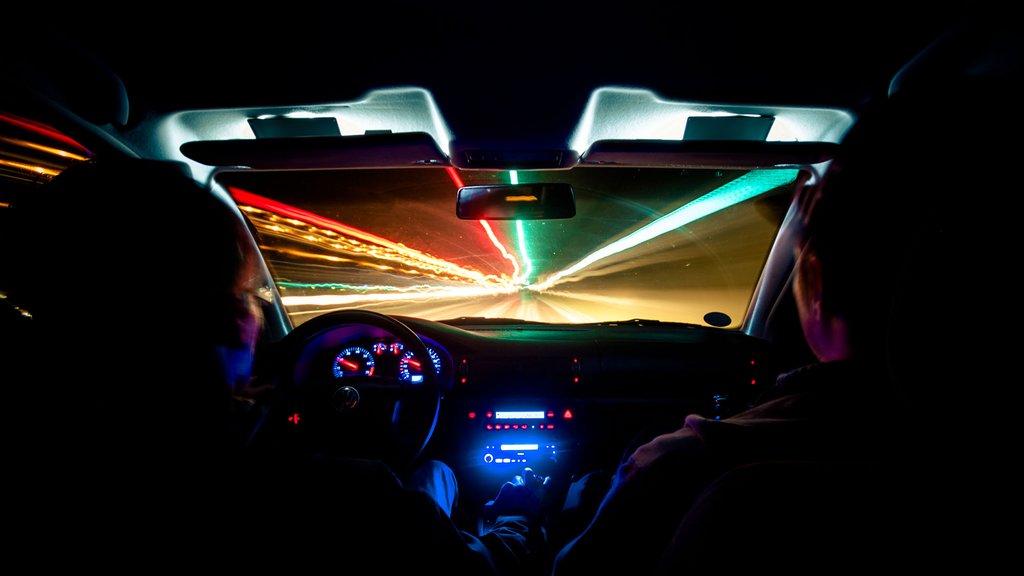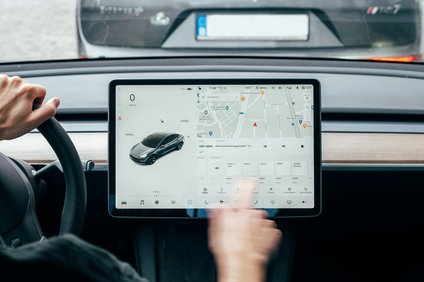Research - 10.01.2018 - 00:00
Flying blind when driving: Decreasing light causes us to go faster
Ambient light influences the speed at which motorists travel. It is interesting to know that motorists exceed the allowed maximum speed more often when it is dark.

10 January 2018. Every year, more than one million people die in traffic accidents worldwide. One third of these fatal accidents are caused by excessive speed. A research team headed by Prof. Dr. med. Emanuel de Bellis from the Institute for Customer Insight of the University of St. Gallen (ICI-HSG) and PD Dr. med. Michael Schulte-Mecklenbeck from the University of Bern’s Institute for Consumer Behaviour analysed 1.2 million vehicle motions in the city of Zurich.
A distortion in perception
They found that – regardless of the amount of traffic and time of day – motorists tend to break the speed limit in the dark or respond to reduced lighting with increased speed. The researchers explain that this is due to a distortion in perception: Road users believe that they are moving more slowly in the dark and are therefore more likely to hit the gas pedal.
Curbing speeding
The results of this study contribute to a long-standing debate on how visual conditions (influenced by headlights and street lighting) affect a driver’s perception of speed. Researchers recommend that decision-makers educate car drivers about this perceptual distortion and test how improved vehicle headlights and intelligent street lighting could curb speeding.
The authors of the study
The study was carried out under the leadership of Emanuel de Bellis (ICI-HSG); Michael Schulte-Mecklenbeck, Department of Business Economics, University of Bern; Wernher Brucks, Traffic Safety Expert of the City of Zurich; Andreas Herrmann (ICI-HSG) and Ralph Hertwig, Centre for Adaptive Rationality, Max Planck Institute for Human Development, Berlin, Germany.
photo: photocase / jingz
More articles from the same category
Discover our special topics











